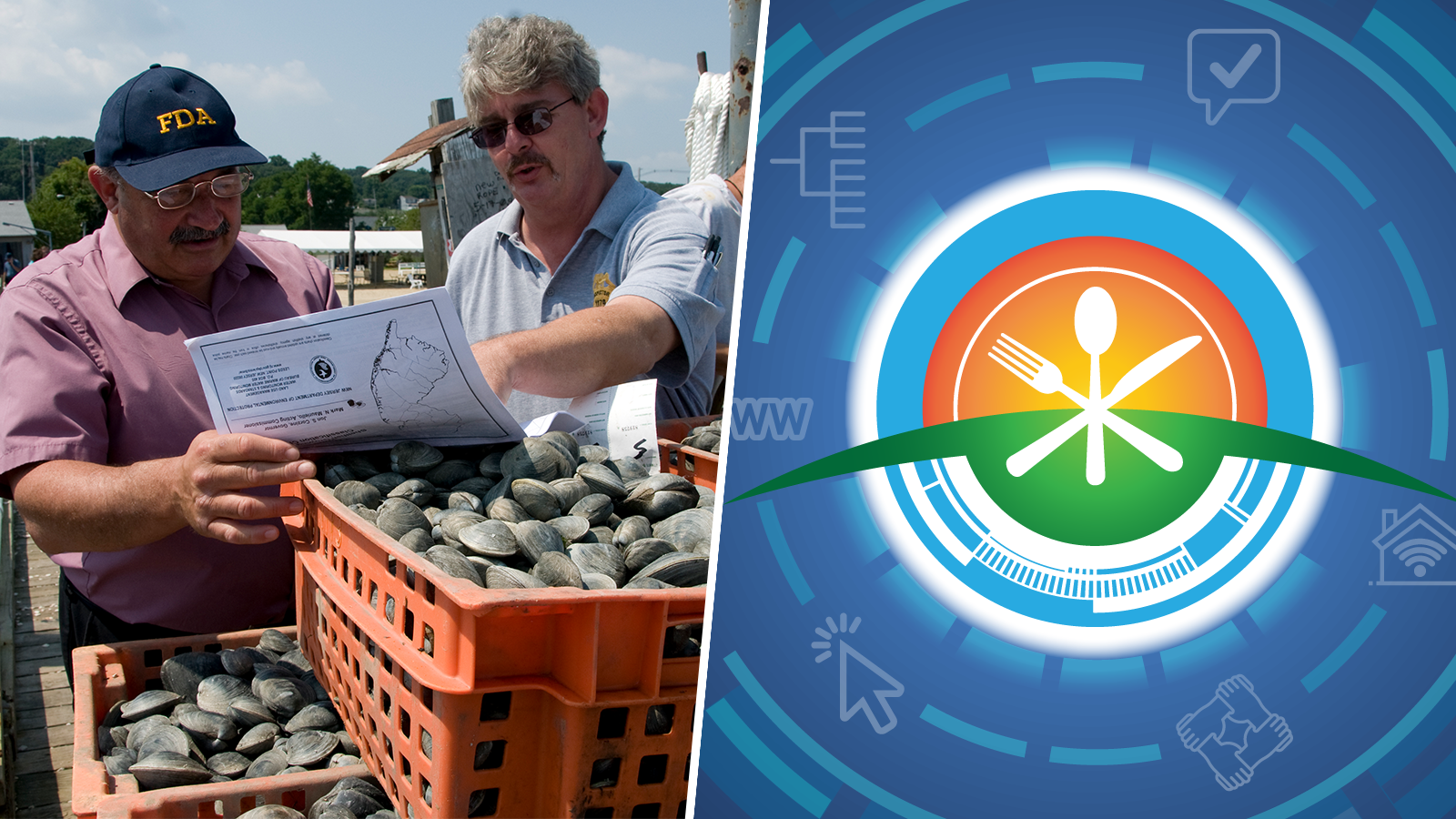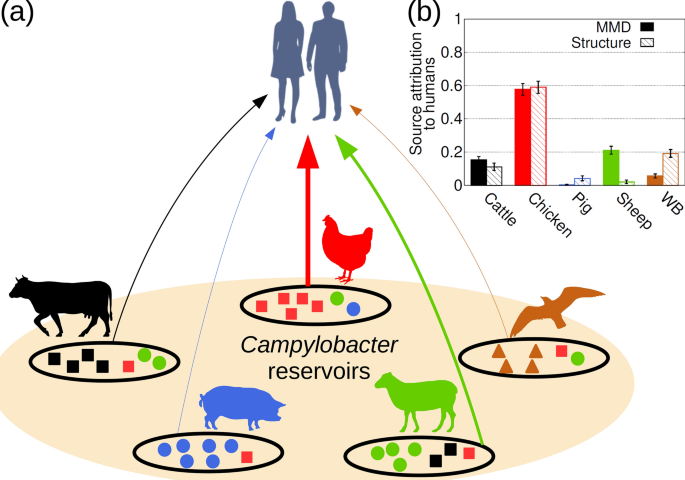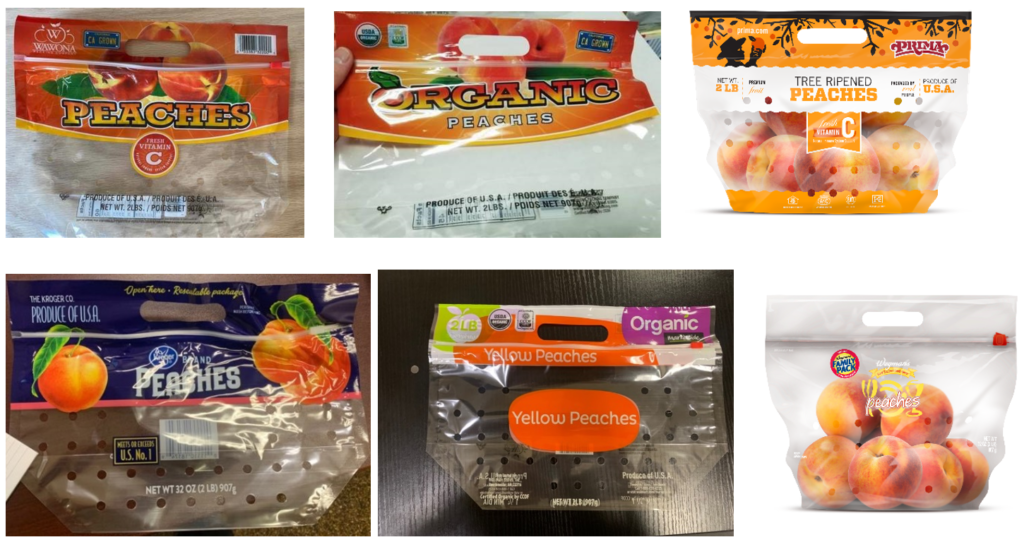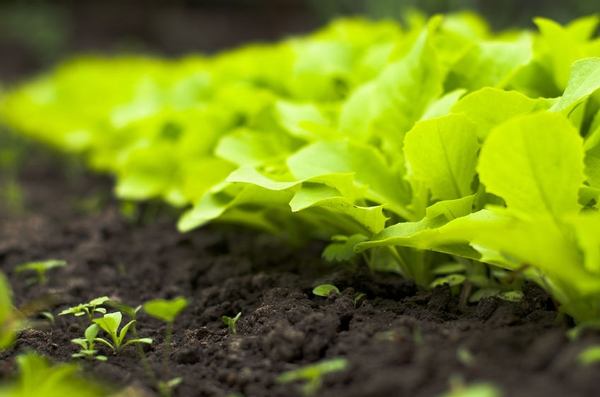Dr. Stephen M. Hahn, Commissioner of Food and Drugs, wrote bout the agency initiative to leverage the use of artificial intelligence (AI) as part of the FDA’s New Era of Smarter Food Safety. The ultimate goal is to see if AI can improve the FDA’s ability to quickly and efficiently identify products that may pose a threat to public health. The FDA launched a pilot program in the spring of 2019 to learn the added benefits of using AI, specifically machine learning (ML), in our import-screening processes. The FDA decided to test the new approach on imported seafood to assess the utility of using AI/ML to better target seafood at the border that may be unsafe. The proof of concept resulted in exciting results, suggesting that this approach has real potential to be a tool that expedites the clearance of lower risk seafood shipments and identifies those that are higher risk. The proof of concept demonstrated that AI/ML could almost triple the likelihood of identifying a shipment containing products of public health concern. Technology Modernization Action Plan (TMAP) provides a foundation for the development of the FDA’s ongoing strategy. The pilot also allows learning how to utilize the knowledge needed from the vast volume of data. One of the primary goals of our pilot is to assess the ability of AI/ML to more quickly, efficiently, and comprehensively take advantage of all the data and information residing in our systems. @ https://www.fda.gov/news-events/fda-voices/import-screening-pilot-unleashes-power-data-and-leverages-artificial-intelligence
ruth
FDA is leveraging our use of artificial intelligence as part of the FDA’s New Era of Smarter Food Safety initiative.
ruth
Scientists at the University of Aberdeen in Scotland (Departments of Physics and Biological Sciences) have developed a method that could help to identify the source of food poisoning. They developed a minimal multilocus distance (MMD) method which rapidly deals with large data sets such as whole genome sequence (WGS) well as methods for optimally selecting loci. The MMD method can be used to train the computer to identify likely sources of origin of a Campylobacter infection with high speed and accuracy. The methods are generic, easy to implement for WGS and proteomic data and have wide application. It is wise to employ a number of methods on each dataset to decide which set of loci are optimal. The performance of different locus selection strategies can be tested relatively fast with the MMD method. @ https://www.nature.com/articles/s41598-020-68740-6?proof=t
Whole genome sequence (WGS) data could transform our ability to attribute individuals to source populations. However, methods that efficiently mine these data are yet to be developed. We present a minimal multilocus distance (MMD) method which rapidly deals with these large data sets as well as methods for optimally selecting loci. This was applied on WGS data to determine the source of human campylobacteriosis, the geographical origin of diverse biological species including humans and proteomic data to classify breast cancer tumours. The MMD method provides a highly accurate attribution which is computationally efficient for extended genotypes. These methods are generic, easy to implement for WGS and proteomic data and have wide application.
ruth
The CDC reports that since August 19, 2020, 10 more ill people and three new states were added to the investigation of Salmonella in peaches. The additional states are Connecticut, Kentucky, and Missouri.
As of August 27, 2020, a total of 78 people infected with the outbreak strain of Salmonella Enteritidis have been reported from 12 states. 23 hospitalizations have been reported. No deaths have been reported. Epidemiological data indicate that peaches are the likely source of this outbreak. In interviews with 45 people, 38 (84%) reported eating fresh peaches in the week before their illness started. On August 23, 2020, officials in Canada linked its outbreak to peaches imported from the United States. Whole-genome sequencing analysis shows that an outbreak of Salmonella Enteritidis infections in Canada is related genetically to this outbreak in the United States. The initial source of the contamination was peaches sold or supplied by Prima Wawona or Wawona Packing Company LLC. Companies that recalled peaches or food made with them include Aldi, Food Lion, Hannaford, Kroger (and affiliated retailers: City Market, Fry’s, Food 4 Less, Foods Co., Jay-C, King Soopers, Ralphs, and Smiths), Russ Davis Wholesale, Target, Walmart, and Wegman. Other retailers also may have sold these peaches. On August 25, 2020, Russ Davis Wholesale recalled peach salsa and gift baskets made with recalled Prima Wawona peaches. Recalled peach salsa was sold under three brand names and labeled as “Perfectly Peach Salsa.” @ https://www.cdc.gov/salmonella/enteritidis-08-20/index.html
Food Safety Alert: A multistate outbreak of Salmonella Enteritidis infections has been linked to peaches.
ruth
The California Leafy Greens Marketing Agreement (LGMA) Advisory Board has accepted over 50 recommended changes to strengthen food safety requirements for the production of leafy greens. Significant changes include a requirement that any open-source water used for the overhead application must be treated to eliminate pathogens during the previous 21 days before harvest. Ensuring that water for farming of leafy greens is monitored. Reduce the risk of contamination of water applied via furrow irrigation from coming into contact with any edible portion of the leafy greens plant. There are also changes to cleaning harvest equipment, containers, tools, and bathroom facilities in and near leafy greens fields. The document also added language to prevent cut end of leafy greens product from coming into contact with the ground during harvest. The Arizona LGMA adopted similar language.@ https://www.foodsafetymagazine.com/news/california-lgma-updates-food-safety-practices-for-leafy-greens/
The LGMA program will immediately begin educating members on how to comply with the new standards.




